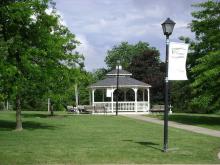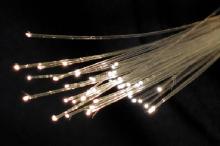Unbelievably High Customer Satisfaction Helps FairlawnGig Grow Local Economy
While large Internet service providers routinely face some of the lowest customer satisfaction rates in the country, municipal broadband networks, like FairlawnGig in Fairlawn, Ohio, have set themselves apart by offering superior customer service to residents and businesses.
Case in point: recent subscriber surveys from FairlawnGig revealed that 94% of residential respondents were satisfied with their service from the community-owned network. Businesses in Fairlawn also appreciate the municipal fiber provider. A similar survey given to businesses showed that about 700 jobs — at least — can be directly ascribed to the FairlawnGig network.
“Our customer service revolves around our building a strong and diverse network to our residents and businesses,” Fairlawn Deputy Director of Public Service Ernie Staten said in a press release. “We have the extremely high customer satisfaction scores to prove it.”
Numbers Don’t Lie
FairlawnGig conducted its survey of residential subscribers at the end of April and found an astonishingly high rate of satisfaction among those surveyed. Overall, 94% of respondents said they were satisfied with the service and 77% reported that they were “very satisfied,” which is impressive even with an accuracy range of plus or minus four percentage points. Another three quarters of survey takers said that FairlawnGig’s customer service is “excellent.”
In addition, about half of respondents said that FairlawnGig was “extremely important” in their choice to live or stay in the community. And the survey found that activities like working from home and streaming movies and other entertainment increased after residents started subscribing to FairlawnGig’s Internet access.





 As the American Heart Association reports
As the American Heart Association reports



